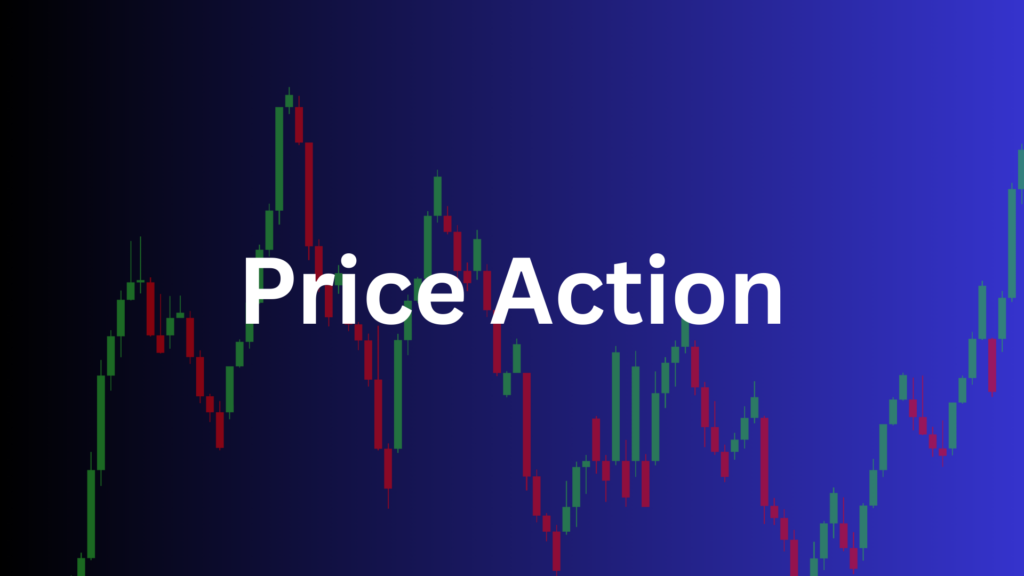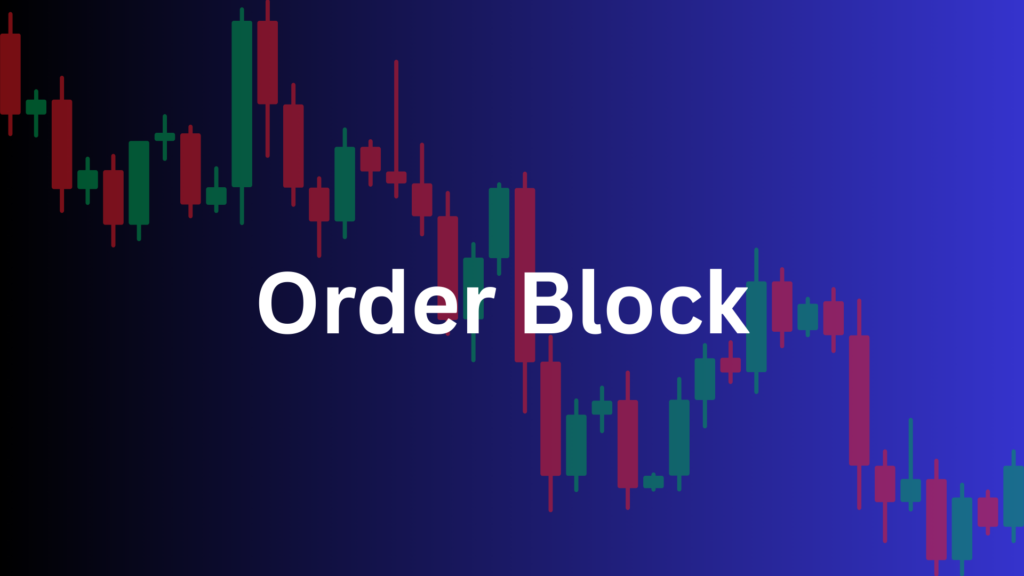The trading world can frequently feel difficult, particularly when you come across ideas that initially seem complicated. One such phrase is “Order Block,” which is a key idea in technical analysis, particularly when discussing price movement and market structure. Knowing order blocks can significantly enhance your trading approach, regardless of your level of experience, as they offer valuable information about potential price reversals and consolidations. We will go into excellent detail about order blocks in this post, including their significance, how to spot them, and how to use them in your trading strategy. What is an order block? To put it simply, an order block is a particular zone or price range on a chart where large buying or selling orders have previously been placed. These orders are typically issued by market makers or major institutions, and they are frequently regarded as places of strong resistance or support. Depending on the order flow, the price may either reverse direction (resistance) or bounce off (support) when it returns to these levels. In essence, an order block is the market’s method of displaying the locations of high order execution volumes; these levels typically have particular meaning for future price movements. Traders use these regions to forecast future market moves, particularly when there are trend reversals or pullbacks. Institutional Orders Function in Order Blocks The concept of order blocks closely relates to institutional trading. Institutions such as hedge funds, banks, and giant investors operate on a much wider scale, executing trades that can have a significant impact on the market, whereas retail traders tend to concentrate on narrower time frames and patterns. Large orders placed by these institutional traders frequently leave traces on the chart that resemble order blocks. Typically, these traders place sizable buy or sell orders across a variety









